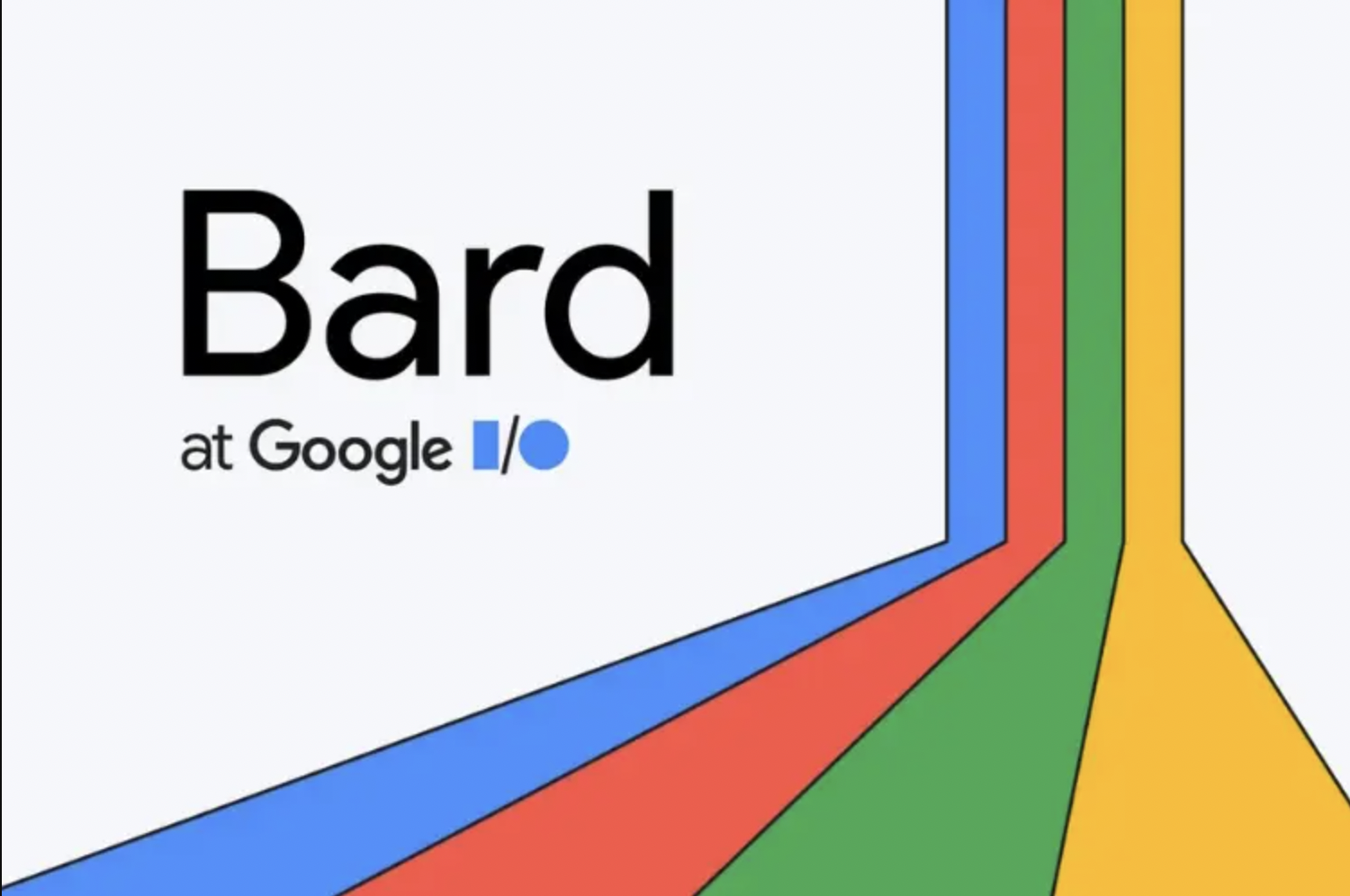Google’s ambitious AI chatbot project, Bard, is taking a leap forward with a barrage of enhancements aimed at improving user experience and expanding its range of capabilities. The updates are part of Google’s ongoing effort to refine and evolve Bard in response to competitive AI market dynamics and user feedback.
The most noticeable changes are the inclusion of multilingual support and global availability. Bard, previously limited to English-speaking users, will now cater to Japanese and Korean speakers, broadening its reach across linguistic borders. Moreover, Google has announced that Bard will be accessible to users in a total of 180 countries and territories, making it a truly global AI companion.
An exciting new feature of Bard is its integration with Google’s productivity tools. Users can now effortlessly export text to Google Docs or Gmail, significantly simplifying the content transfer process. This enhancement is a testament to Google’s commitment to seamless user experience across its product range.
In a nod to the preferences of developers and late-night users, Bard is also embracing a sleek dark mode. But this is just the tip of the iceberg in terms of Bard’s newfound capabilities. The AI chatbot has been enriched with visual search functionalities, turning it into a tool that can not only understand but also ‘see’ to some extent.
Powered by the PaLM 2 language model, Bard’s performance and usability are set to improve, particularly in handling coding-related queries. Bard has been tuned to excel in debugging tasks and explaining code snippets, with a specific focus on more than 20 programming languages. The new export button and improved code citations further enhance Bard’s usability for coding enthusiasts.
Google is also gearing up Bard to venture into the visual realm. The chatbot will have the capability to analyze and generate images, thanks to the integration of Adobe’s Firefly software. This AI-powered feature is expected to arrive in the coming months, adding another dimension to Bard’s abilities.
A particularly intriguing feature is Bard’s collaboration with Google Lens, which will allow users to interact with the chatbot using images. This feature has the potential to unlock a plethora of creative possibilities, with the chatbot able to generate relevant responses based on the characteristics of the submitted images.
Google also plans to integrate Bard with various third-party web services, like Instacart and OpenTable, mirroring similar functionalities found in its rivals. This opens up a world of possibilities, such as booking a table at a restaurant or ordering groceries, right from the chatbot interface.
Despite these exciting updates, there’s an ongoing debate about Bard’s identity within Google’s ecosystem. Google maintains that Bard isn’t designed to replace Search, but that hasn’t stopped users from treating it as an alternative. As Google continues to inject AI features across its platform and plans changes to Search, it seems Bard could be more than just a chatbot. It might be the playground where Google’s AI dreams take shape and come to life. In the ever-evolving world of AI, that might not be such a bad thing after all.
